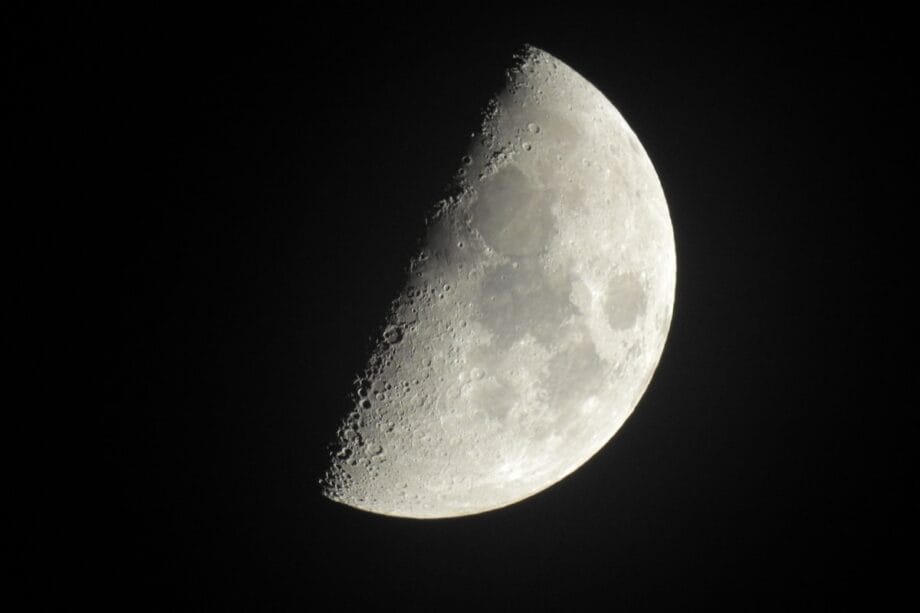NASA’s Vision of Space Economy Compared to Revolutionary Technology
In a recent podcast with NASA, acting Administrator Sean Duffy drew an intriguing parallel between the burgeoning space economy and the transformative impact of the iPhone. He remarked, “It’s akin to the early days of the iPhone…”
Duffy elaborated that just as the world could not have anticipated the profound influence of the iPhone on daily life, few could have predicted the ramifications of the United States’ upcoming lunar mission or the developments transpiring in low Earth orbit.
During the September 5 episode of ‘Houston We Have a Podcast’, he stated, “Fifteen to twenty years ago, no one could have envisioned the vast economic landscape emerging in space.”
He further emphasized, “Just like the iPhone transformed life—providing navigation, facilitating social media, and enabling banking services—our comprehension of its utility was limited at the outset.”
Additionally, Duffy, who also serves as the US Transportation Secretary, reflected on the unforeseen outcomes arising from activities conducted in low Earth orbit, asserting, “I don’t believe anyone could have foreseen these developments two decades prior.”
He posited that a similar industrial revolution awaits as the United States embarks on its lunar initiatives. “As we advance to the Moon, a comparable revolution in industry will unfold, which is genuinely exhilarating,” he stated.
“My aspiration is for this endeavor to be spearheaded by American innovators, companies, manufacturers, and scientists. I wish for our team to take the lead, not a distant nation,” Duffy expressed fervently.
Collaborative Endeavors amidst Geopolitical Strains
Duffy also pointed to the rare collaboration between the US and Russia in space endeavors, despite stark divergences in perspectives regarding the Ukraine crisis. He articulated, “The partnership between our two nations is indispensable as the space station approaches the end of its operational life.”
He characterized this cooperation as a “bright spot,” highlighting its potential for building future collaborations. “I believe we can expand upon this partnership, particularly in relation to the de-orbiting of the space station,” he asserted.
Furthermore, Duffy emphasized the necessity of clear signals and resources dedicated to developing alternatives in collaboration with private partners.
As the lifespan of the International Space Station nears its conclusion in 2030, NASA is striving to facilitate a seamless transition to commercially owned and operated platforms.
“We are planning to ensure that the next iteration is prepared when the space station is decommissioned in 2030,” he noted.
Concerns Over Financial Sustainability of Lunar Missions
Duffy articulated concerns regarding the financial feasibility of the Artemis program during the podcast. “If Artemis I, II, and III each cost $4 billion per launch, then a sustainable Moon program is unlikely,” he cautioned.

“Such expenditures are untenable. We must work collaboratively with Congress to explore options,” he stated.
He challenged listeners to consider the implications of future missions, posing the question, “What will Artemis IV, V, and VI entail?” He remarked on the challenges inherent in establishing a sustained presence on the Moon, given the current financial landscape.
Duffy highlighted how advancements in the private sector have led to significantly reduced launch costs. “Today, deploying a satellite can be achieved for just over a million dollars, a figure once unimaginable two decades ago. Understanding the dynamics driving down these costs is essential,” he explained.
He concluded, “The $4 billion per launch figure is simply too exorbitant to support a sustainable program.”
NASA’s Artemis II mission is on track to occur no later than April 2026, with a focus on the Moon’s South Pole. This mission will involve four astronauts circumnavigating the Moon, marking the inaugural crewed segment of NASA’s objective to establish a long-term lunar presence for scientific and exploratory purposes through the Artemis program.
The 10-day mission will serve as a critical test of NASA’s foundational capabilities in human deep space exploration, utilizing the SLS rocket and Orion spacecraft for the first time with an astronaut crew.
Source link: Menafn.com.






